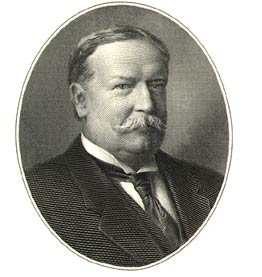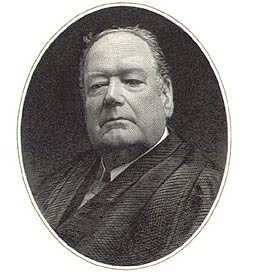
Died: March 8, 1930 in Washington D.C.
Education: 1878 Yale College B.A.
1880 University of Cincinnati College of Law
Employment: 1881-1883Assistant prosecuting attorney in Hamilton County, Ohio
1882 Collector of internal revenue for the City of Cincinnati, Ohio
1883-1887 private practice in Cincinnati, Ohio
1885-1887 Assistant CountySolicitor in Hamilton County, Ohio
1887-1890 appointed Judge to the Superior Court of Ohio
1890-1892 Solicitor General of the United States
1891-1900 appointed to the United States Court of Appeals for the 6th Circuit
1896-1900 Professor and Dean for the University of Cincinnati in Cincinnati, Ohio
1900-1901 president of the United States Philippine Commission
1901-1904 elected Civil Governor of the Philippine Islands
1904-1908 United States Secretary of War
1909-1913 elected President of the United States
1913-1921 Kent professor of law at Yale University
1921-1930 appointed Chief Justice of the United States Supreme Court by President Harding
1930 resigned from office (died one month later)
Chief Justice Taft�s main focus was on organized labor. In 1921, with his first cases he was able to begin his fight with Truax v. Corrigan. Taft�s Court struck down an Arizona law that allowed �barring courts from issuing injunctions in most cases growing out of the labor dispute.� (Schwartz, 1993) Taft along with Hughes was also apart of the Child Labor Tax Case, which barred children from working. This case was then the beginning of Adkins v. Children�s Hospital, which will be heard more about in Hughes, this case helped establish minimum wage.
Taft wanted this position and once gotten he took his duties and responsibilities very seriously. He was the first person ever to be both the president of the United States and a Chief Justice in the United States Supreme Court. Taft made a lot of improvements in the Supreme Court and in the lives of Americans. People at first were apprehensive of children not working because that would be one less income for poor families but as time progressed we don�t see it as a bad thing. (Choper, 1987)
(Epstein, 2001)


